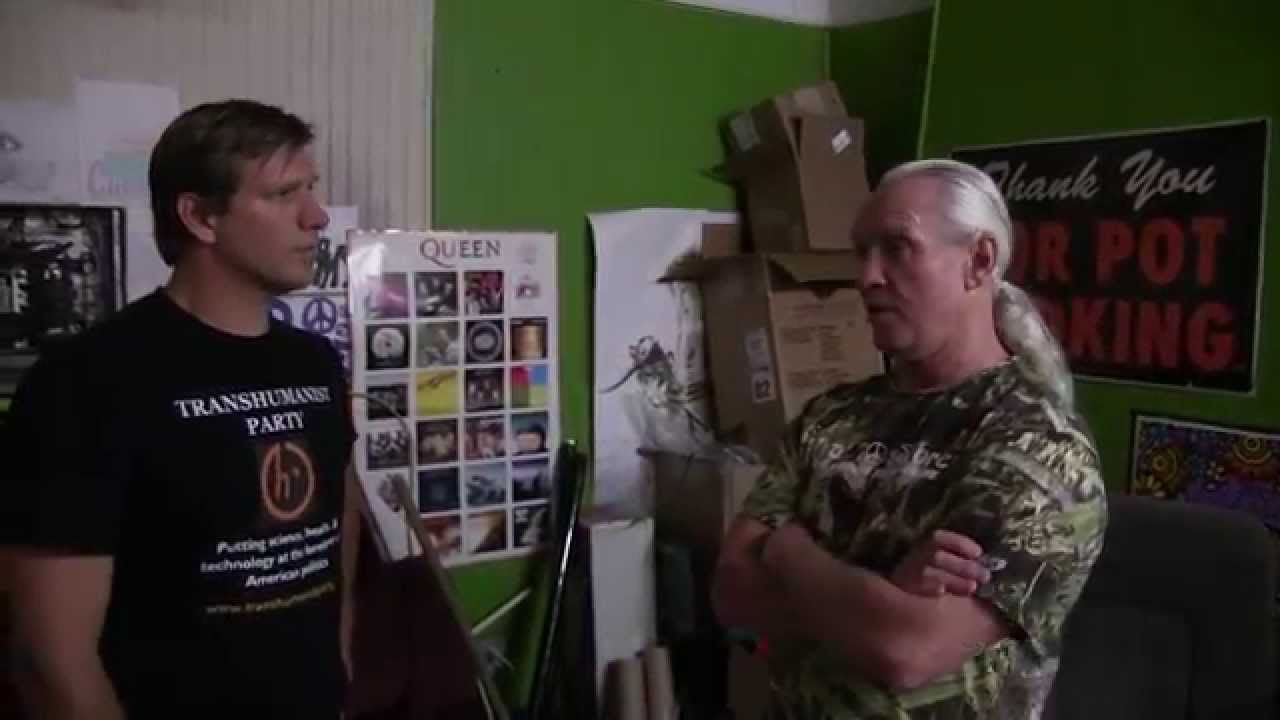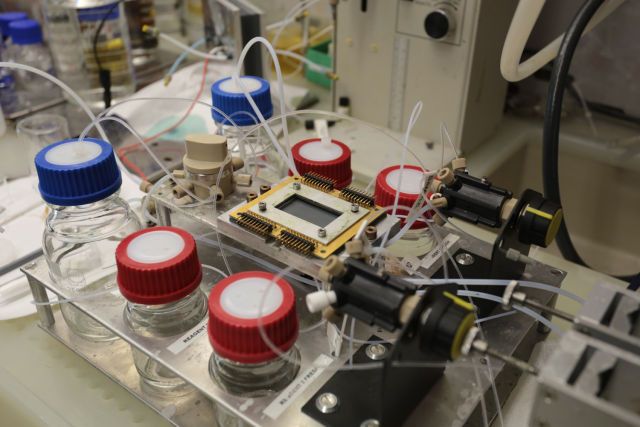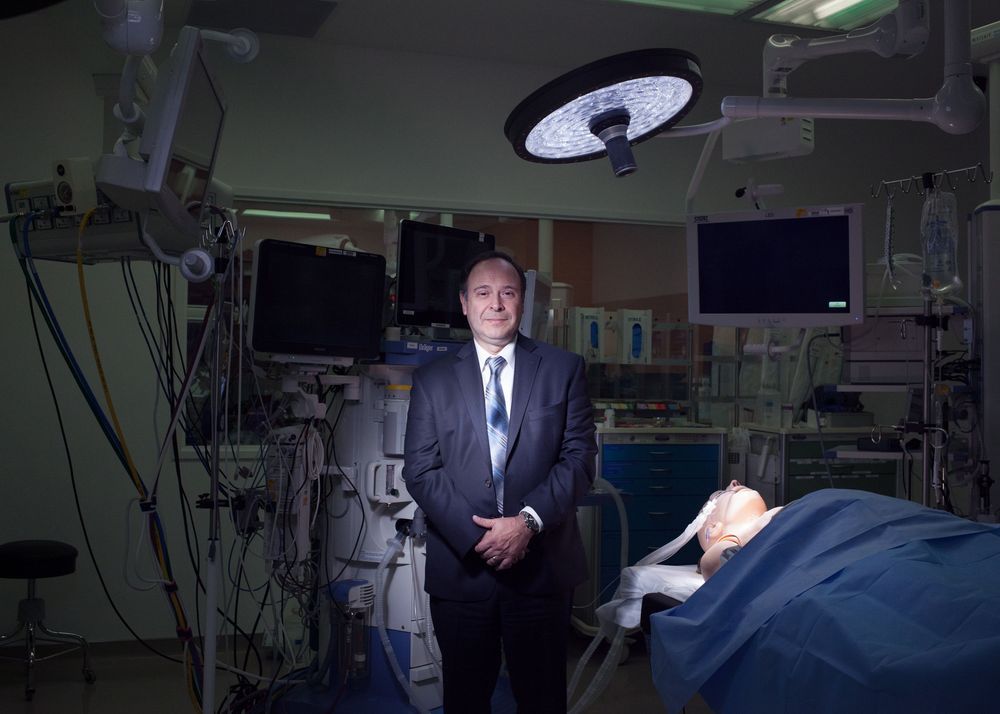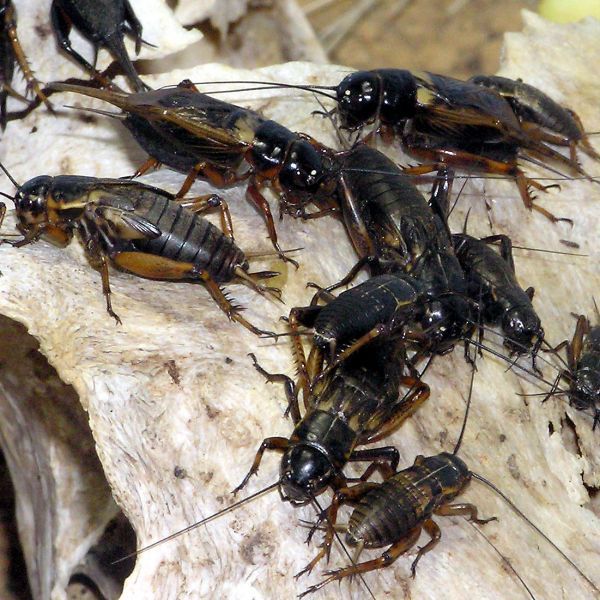Nov 13, 2015
Using Ultrasound To Pierce The Blood-Brain Barrier
Posted by Robert James Powles in categories: biotech/medical, neuroscience
Treating the brain often requires invasive surgery, but a new technique involving ultrasound and air bubbles has now shown promise at delivering drugs through the blood-brain barrier.
One of the biggest challenges of medicating brain tumours is actually getting drugs into the organ. Your brain is well protected from invasion by untoward substances or life forms, and this protection limits what will enter from the bloodstream. There have been previous efforts to open up the barrier, but they often involve a surgical approach that is far from ideal.
















